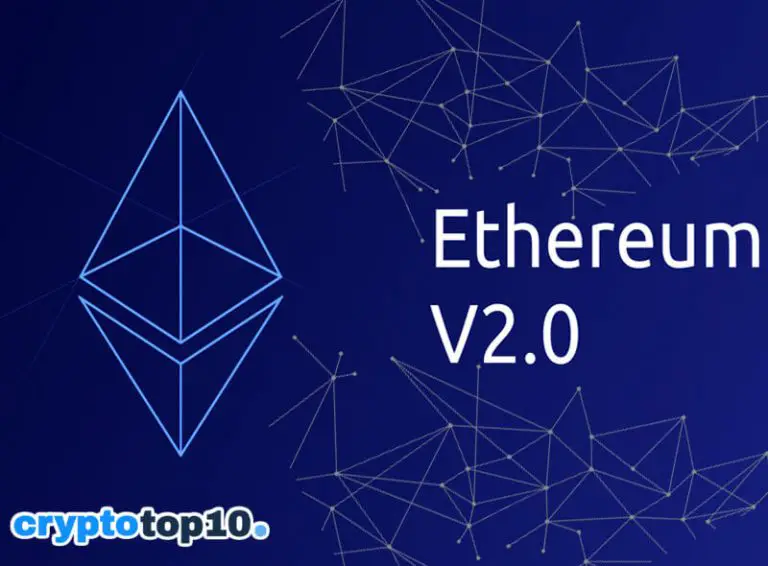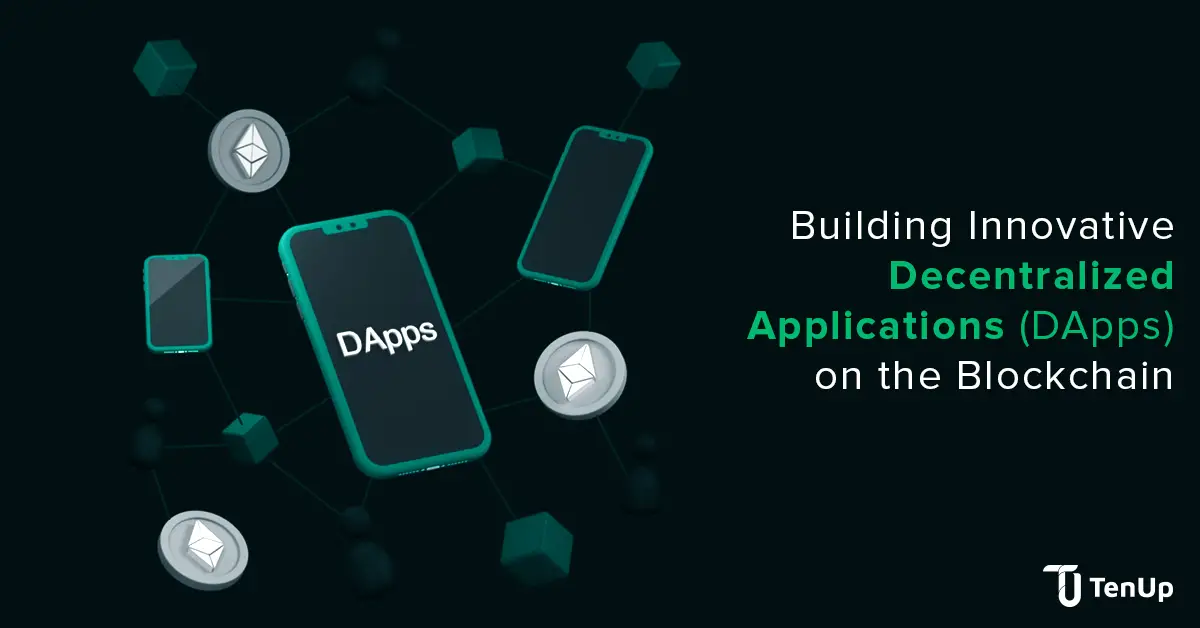Building Decentralized Applications on Ethereum

Ethereum is a decentralized, open-source blockchain platform that enables developers to build and deploy smart contracts and decentralized applications (dApps). Smart contracts are self-executing contracts with the terms of the agreement between buyer and seller being directly written into lines of code. dApps are applications that run on a decentralized network of computers, rather than on a single server. This makes them more secure, transparent, and resistant to censorship than traditional centralized applications.

To build a dApp on Ethereum, you will need to:

- Choose a development environment. There are a number of different development environments available for Ethereum, including Remix, Truffle, and Embark. Each environment has its own advantages and disadvantages, so it is important to choose one that is right for you.
- Learn the Solidity programming language. Solidity is the programming language used to write smart contracts on Ethereum. It is a statically-typed, object-oriented language that is similar to JavaScript.
- Create a smart contract. A smart contract is a program that runs on the Ethereum blockchain. It can be used to automate a variety of tasks, such as transferring funds, managing access to resources, and creating new tokens.
- Deploy your smart contract to the Ethereum blockchain. Once you have created a smart contract, you will need to deploy it to the Ethereum blockchain. This process involves submitting your smart contract to a special address on the blockchain.
- Create a user interface for your dApp. Once you have deployed your smart contract, you will need to create a user interface for your dApp. This will allow users to interact with your smart contract and use your application.
Once you have completed these steps, you will have a fully functional dApp that is running on the Ethereum blockchain.## Building Decentralized Applications On Ethereum
Executive Summary
Ethereum is a public blockchain platform, allowing developers to build and deploy decentralized applications (dApps). Compared to other blockchain platforms or legacy databases, dApps using Ethereum offer a set of unique advantages and innovative solutions. This article explores the five significant benefits of building dApps on Ethereum: security, transparency, immutability, cost-effectiveness, and open-source nature. By understanding these advantages, developers can make more informed decisions when choosing the right platform for their dApp projects.
Introduction
Decentralized applications (dApps) are digital applications that run on a distributed network of computers (blockchain) rather than a single server. Ethereum, as a leading blockchain platform, provides a secure and reliable environment for building and deploying dApps. In this article, we will delve into the key benefits of building dApps on Ethereum.
Security
Ethereum offers robust security measures to safeguard dApps and their users.
- Cryptography: Ethereum utilizes advanced cryptography to encrypt data and transactions, ensuring the confidentiality and integrity of dApps.
- Smart Contracts: Smart contracts are self-executing programs stored on the blockchain. They provide trustless and immutable logic, reducing the risk of fraud or unauthorized access.
- Decentralization: The Ethereum network is decentralized, making it resistant to censorship or manipulation by any single entity.
Transparency
Ethereum promotes transparency and accountability in dApp operations.
- Public Ledger: All transactions on the Ethereum blockchain are recorded on a public ledger, accessible to everyone. This transparency allows for easy auditing and verification.
- Traceability: Every transaction on the Ethereum blockchain can be traced, providing a clear audit trail for all activities within a dApp.
- Programmable Audits: Smart contracts can be programmed with auditing capabilities, enabling automated and transparent verification of dApp operations.
Immutability
Ethereum’s blockchain technology ensures the immutability of dApp data and transactions.
- Unchangeable History: Data and transactions stored on the Ethereum blockchain cannot be altered or deleted, ensuring the integrity and reliability of dApp records.
- Resistance to Censorship: Once data is stored on the Ethereum blockchain, it becomes immutable and cannot be censored or suppressed by any third party.
- Historical Preservation: The immutability of the Ethereum blockchain ensures that historical data and transactions are permanently preserved, providing a valuable resource for analysis and research.
Cost-Effectiveness
Ethereum’s platform can help reduce operational costs for dApp developers.
- Reduced Infrastructure Costs: DApps on Ethereum do not require extensive server infrastructure, eliminating the need for expensive hardware and maintenance.
- Efficient Smart Contracts: Smart contracts automate business logic and reduce the need for manual intervention, leading to cost savings.
- Pay-as-you-go Model: Ethereum uses a pay-as-you-go transaction fee model, allowing developers to only pay for the computational resources they utilize.
Open-Source Nature
Ethereum’s open-source platform empowers developers with flexibility and innovation.
- Access to Source Code: Developers have access to Ethereum’s open-source codebase, enabling them to create custom solutions and contribute to the platform’s development.
- Community Support: Ethereum has a large and active community of developers who provide support, resources, and tools for dApp development.
- Interoperability: The open nature of Ethereum allows for interoperability with other blockchain platforms and services, expanding the potential reach of dApps.
Conclusion
Building decentralized applications on Ethereum provides a range of benefits, including security, transparency, immutability, cost-effectiveness, and open-source nature. By leveraging these advantages, developers can create and deploy innovative applications that revolutionize industries and empower users with greater security, control, and transparency. The future of dApp development is bright on Ethereum as the platform continues to evolve and gain adoption.
Keyword Tags
- Ethereum Development
- Decentralized Applications
- Blockchain Security
- dApp Advantages
- Open-source Blockchain
FAQs
-
What are the key advantages of building dApps on Ethereum?
- Security, transparency, immutability, cost-effectiveness, and open-source nature.
-
How does Ethereum ensure the security of dApps?
- Through cryptography, smart contracts, and the decentralized nature of the blockchain.
-
Can dApp data be altered after it is stored on the Ethereum blockchain?
- No, the blockchain’s immutability ensures that data remains unchangeable once recorded.
-
Are there any costs associated with building dApps on Ethereum?
- Yes, there are pay-as-you-go transaction fees.
-
How large is the Ethereum developer community?
- Ethereum has an extensive and active community that provides support and resources.

Nice guide! I’m new to Ethereum development, and this article was very helpful. I especially appreciate the step-by-step instructions.
This article is too technical for me. I’m a beginner, and I don’t understand most of the concepts.
This article is very informative. I learned a lot about building dApps on Ethereum.
I disagree with the author’s assertion that building dApps on Ethereum is challenging. I believe that it is actually quite easy.
So, you’re telling me that building dApps on Ethereum is easy? That’s like saying that brain surgery is easy.
Great article! I especially loved the part where you said that building dApps on Ethereum is a walk in the park.
I’m not sure what a dApp is, but it sounds like something that I would need a PhD to understand.
This article is very helpful, but I wish the author had included more code examples.
Thnx 4 da info m8! I’ve been looking for a good guide on how to build dApps on Ethereum and this one is perfect.
This article is full of errors. It says that Solidity is a programming language for writing smart contracts, but it’s actually a programming language for writing dApps.
The article provides a good overview of the basics of blockchain technology, smart contracts, and dApps. However, it could go into more detail on how to develop and deploy a dApp on the Ethereum blockchain.
I disagree with the author’s claim that dApps are the future of the internet. I think that blockchain technology is overhyped and that dApps will never be able to compete with traditional web applications.
This article is a great example of how to write about a complex topic in a way that is both clear and concise. I especially appreciate the author’s use of humor.
Wow, this article is so informative. I’m sure I’ll be able to build a dApp on Ethereum in no time now.
I’m sure this article will be very helpful to anyone who wants to build a dApp on Ethereum. Just remember, the first step is to learn how to code. HAHAHA
This article provides a good overview of the basics of blockchain technology, smart contracts, and dApps. It’s a good starting point for anyone who wants to learn more about this topic.